A copper forging is fabricated through a forming process that involves the plastic deformation of copper, a nonferrous material, under pressure and high temperatures through hammering and rolling. Since copper is a ductile metal offering high thermal and electrical conductivity, copper forgings can come in many different configurations including rod, bars, wire, sheets, strips, tubing and more. Read More...
For over 30 years, we have provided metal forged products for a wide variety of industries, including the aerospace, military, food service, medical, and automotive industries. Our customers know they can trust our forgings for quality and affordability. We will never try to make you pay more than you should for our products. Contact us by phone or email to find out more!
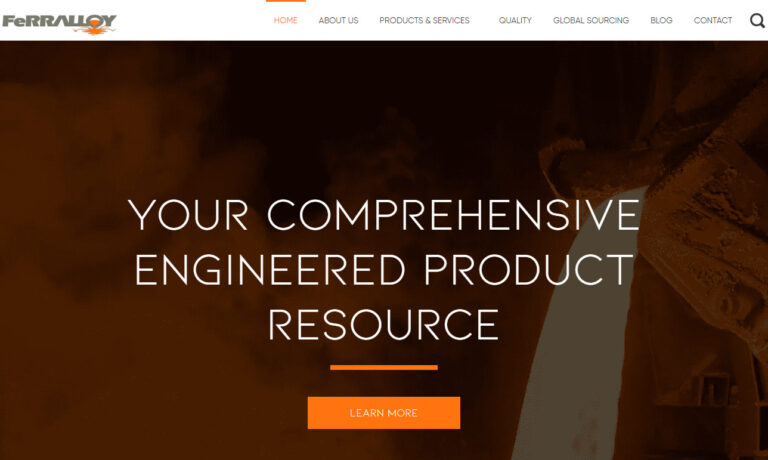
Although we have over 100 years of experience, we are committed to continually expanding our offerings in all industries. We are not content to remain as we are, but we continually work to improve our products and processes each and every day. We will work with you to create the ultimate products for your needs. Find out more on our website, or you can give us a call today!
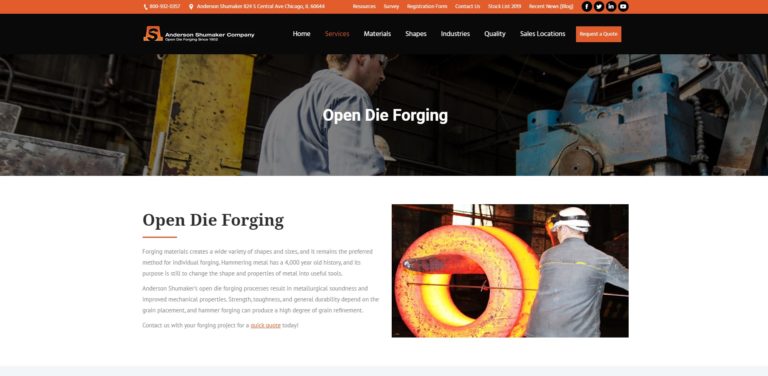
More Copper Forging Companies
Some of the most common copper alloys used in forging applications are oxygen free electronic (OFE), naval brass, aluminum bronze, chromium copper, copper nickel and chromium zirconium copper. Forged copper provides an economical alternative to cast, welded and fabricated copper as well as offering a superior density and freedom from flaws.
In addition, copper forgings have non-magnetic properties and non-sparking characteristics that are beneficial to industries such as electronics, automotive, mining, construction, aerospace, defense, material processing, architectural and industrial. Copper forgings offer high strength at low densities.
Copper forgings can be made through different forging processes, depending on the type of copper alloy. The different copper alloys are typically divided into five categories: brass, a copper and zinc alloy; phosphor bronze, an alloy of copper with 3.5 to 10% of tin; aluminum bronze, with aluminum as the main alloying metal added to copper; silicon bronze, usually containing about 96 percent copper; and copper nickel and nickel silvers, with compositions from 10% nickel to 45% nickel.
Copper alloys can be forged using closed die forging. Closed die forging involves the movement of metal blanks through a set of dies shaped in the required part design. Copper alloys can also be forged using open die forging. Open die forging creates parts by the hammering or pressing of the copper alloy by the die into the required shape.
Copper alloys can be cold forged, warm forged or hot forged, depending on the composition of the specific alloy. In cold forging the copper alloy is not directly heated, but formed using high pressure. In hot forging the copper alloy is heated to high temperatures then formed. In warm forging the copper alloy is heated to a range that is above room temperature but below the metal’s re-crystallization temperature.

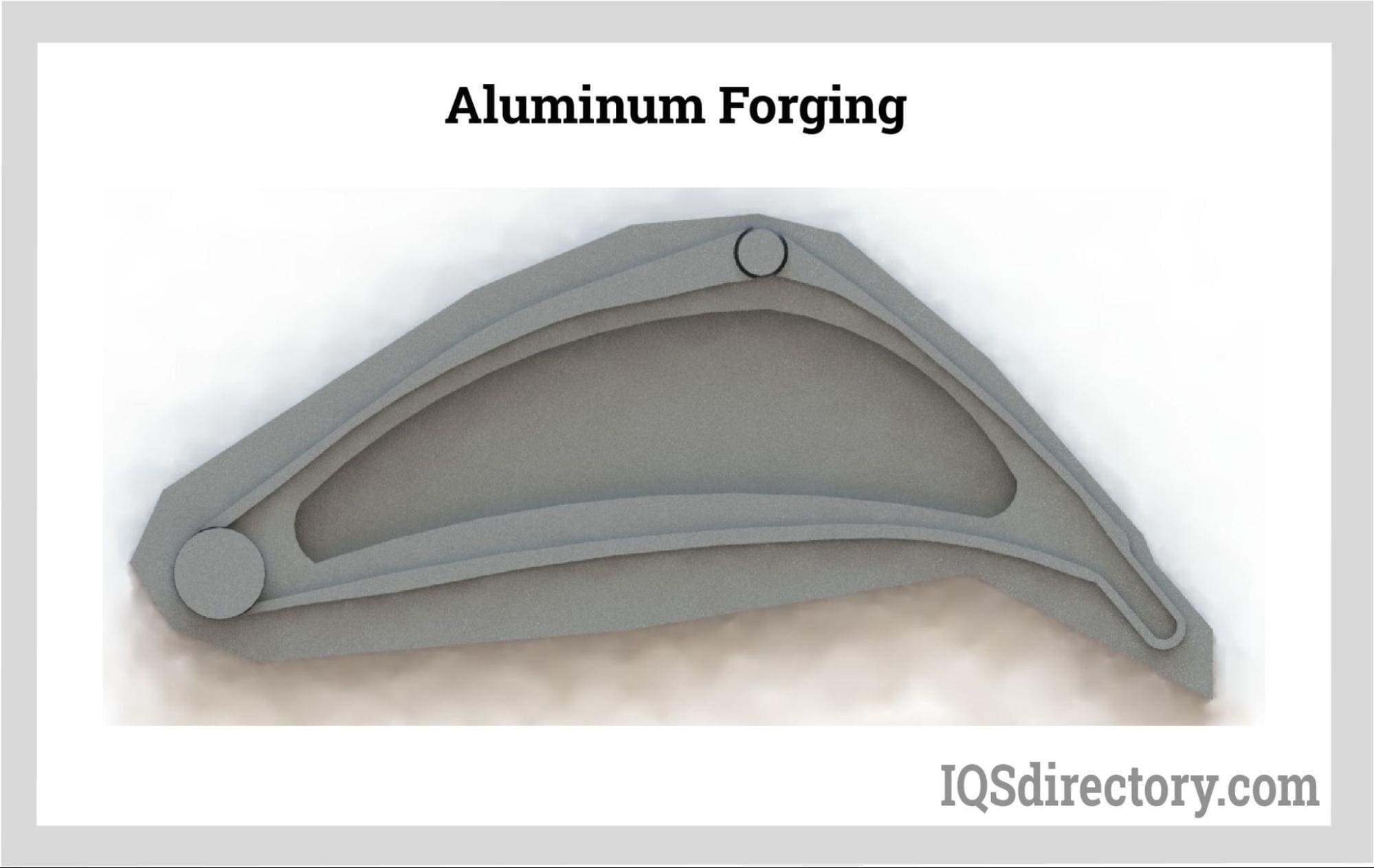
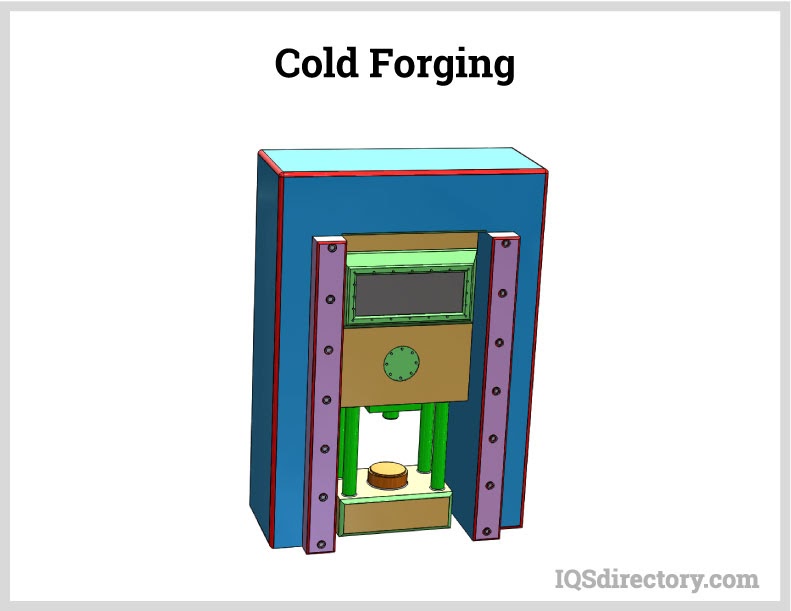
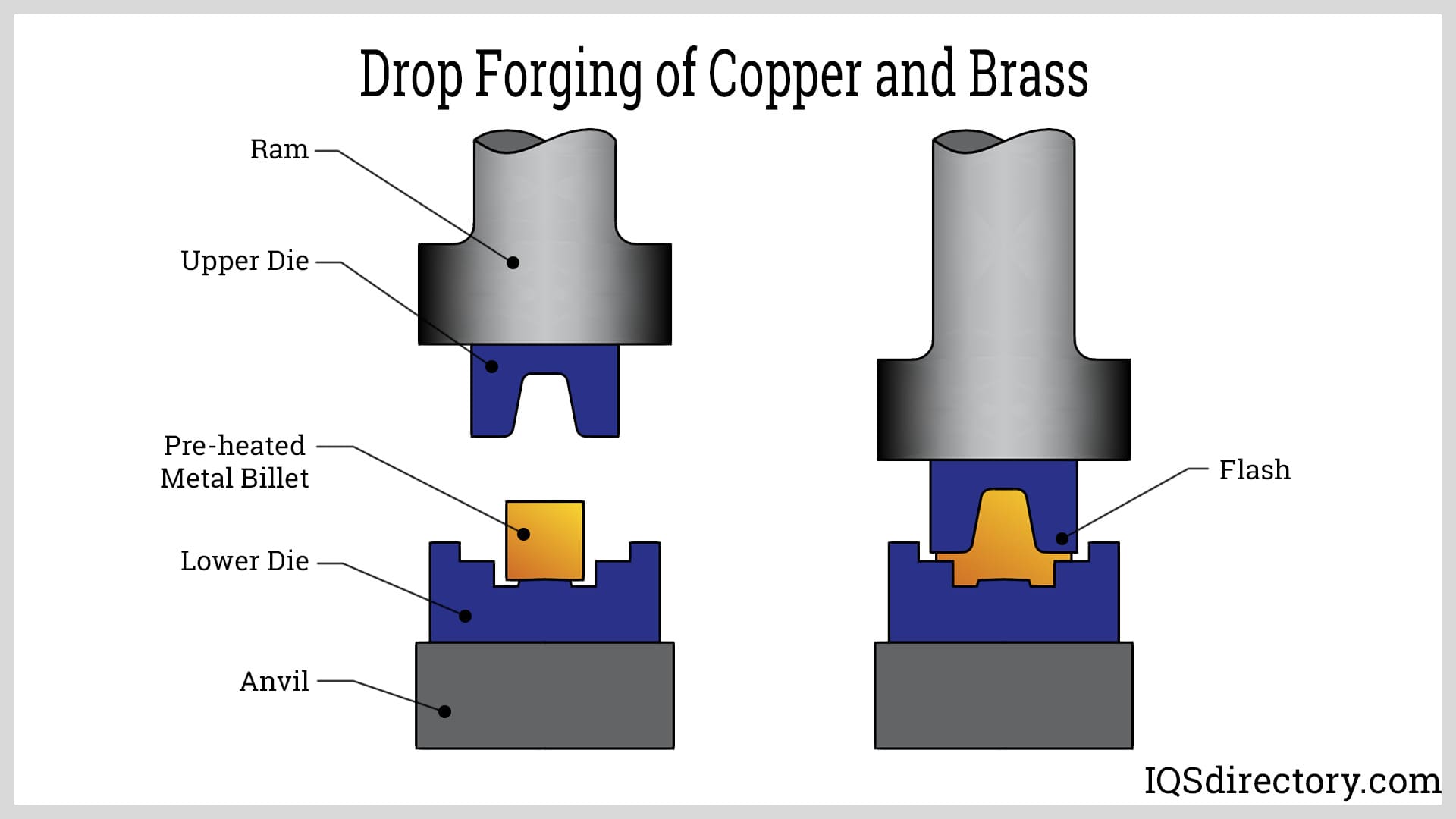
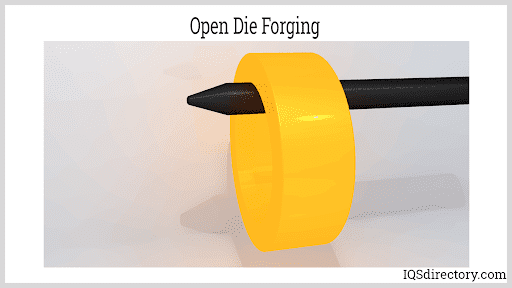
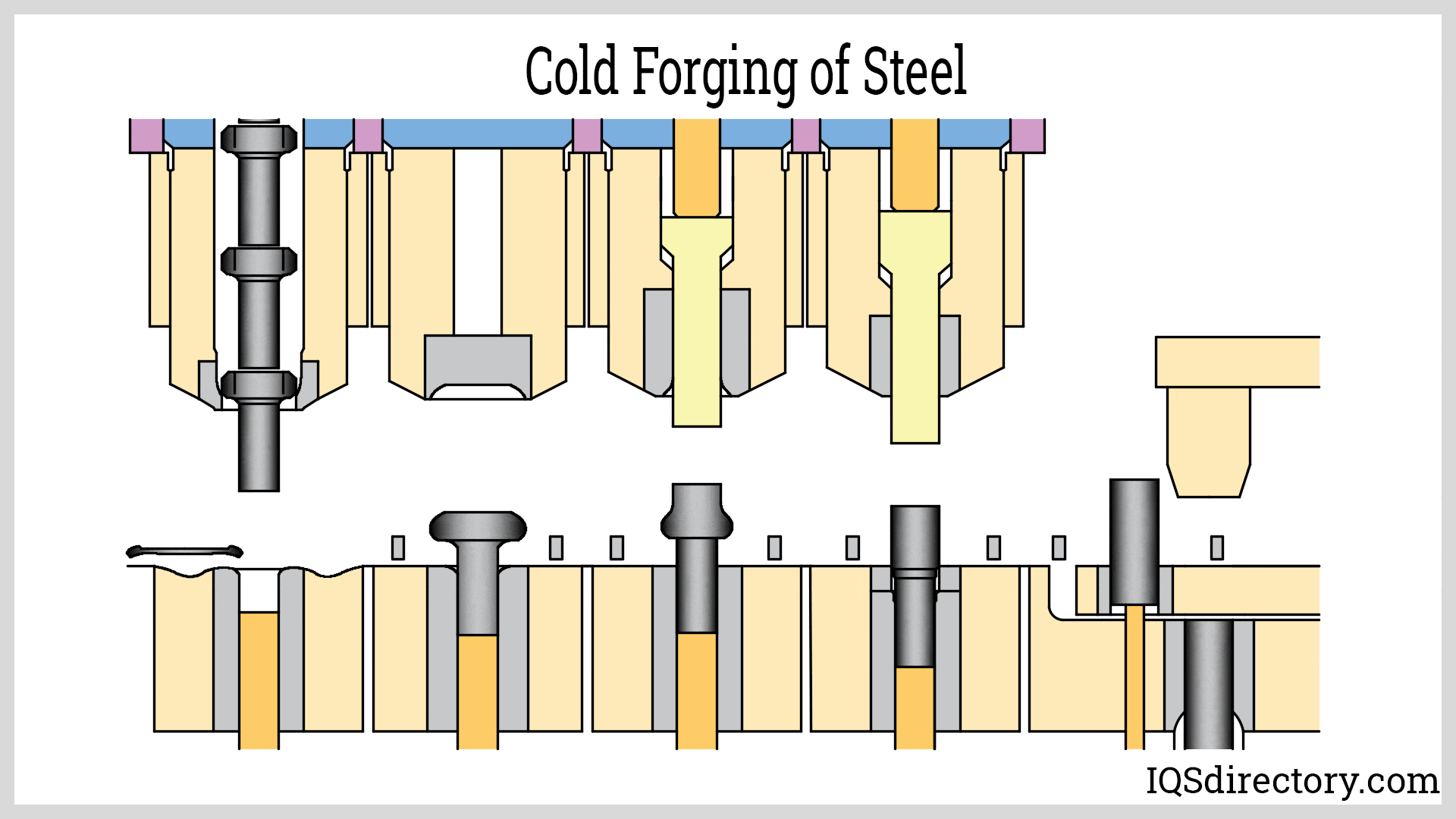
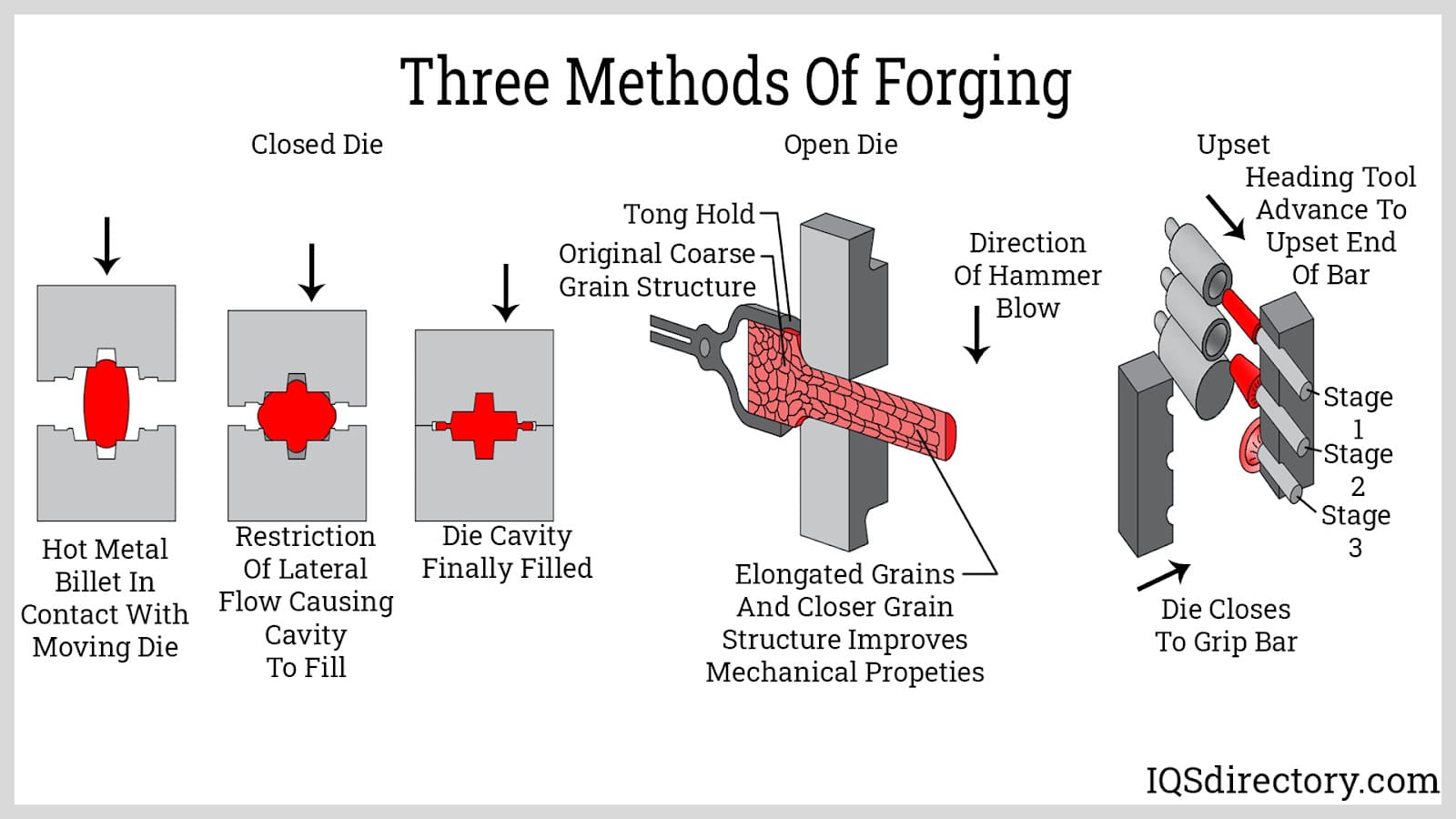
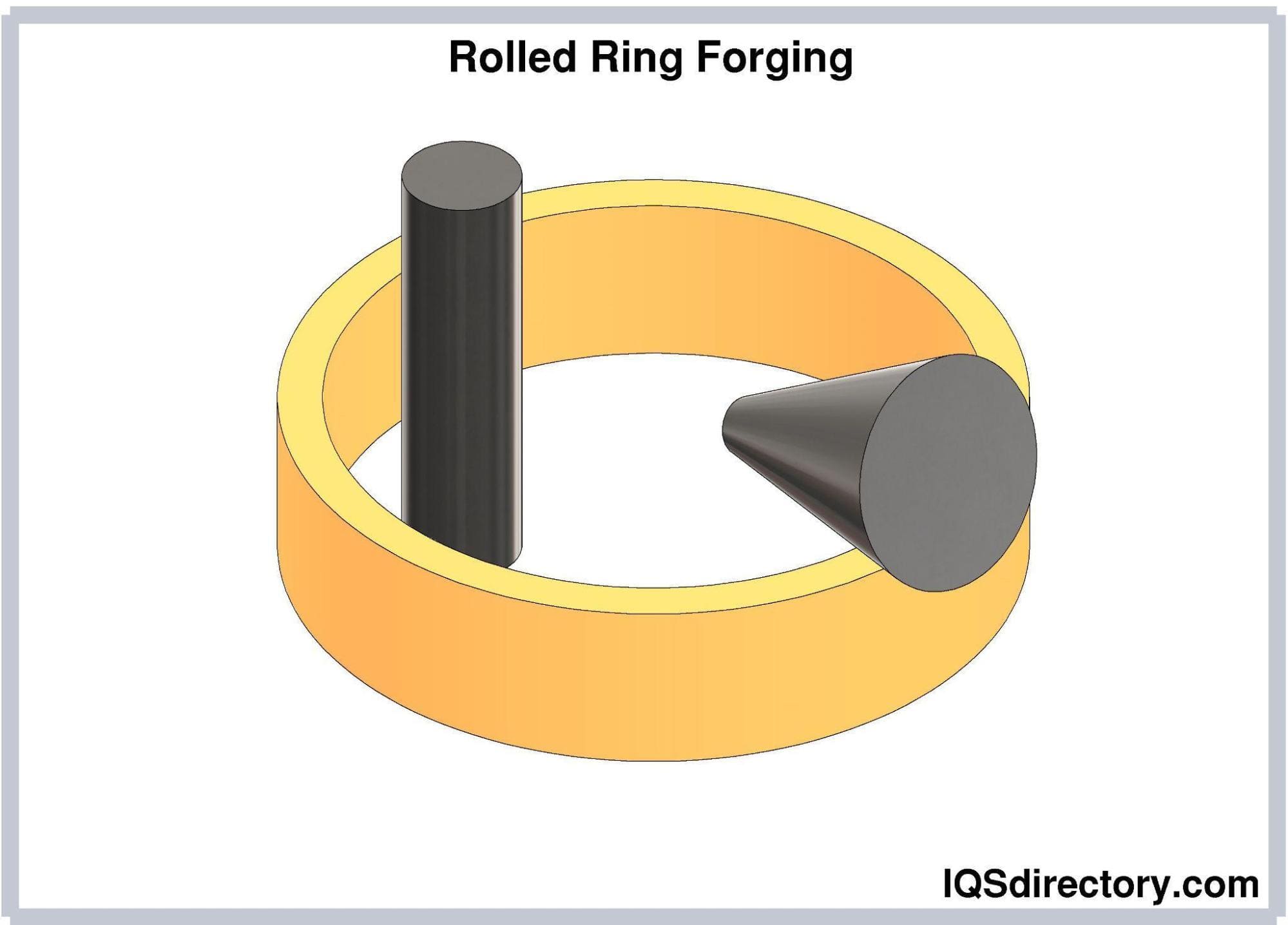
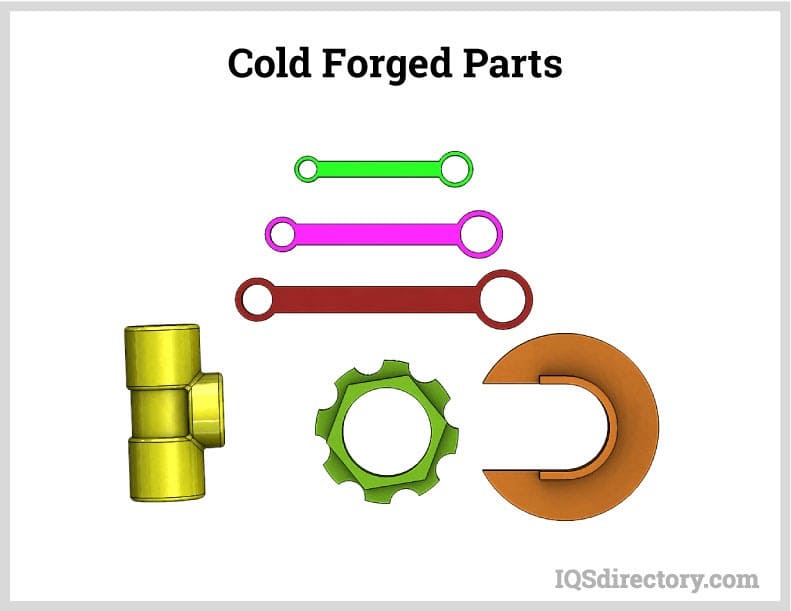

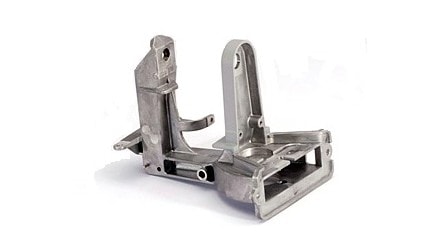 Die Castings
Die Castings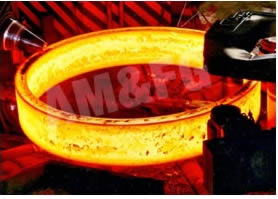 Forgings
Forgings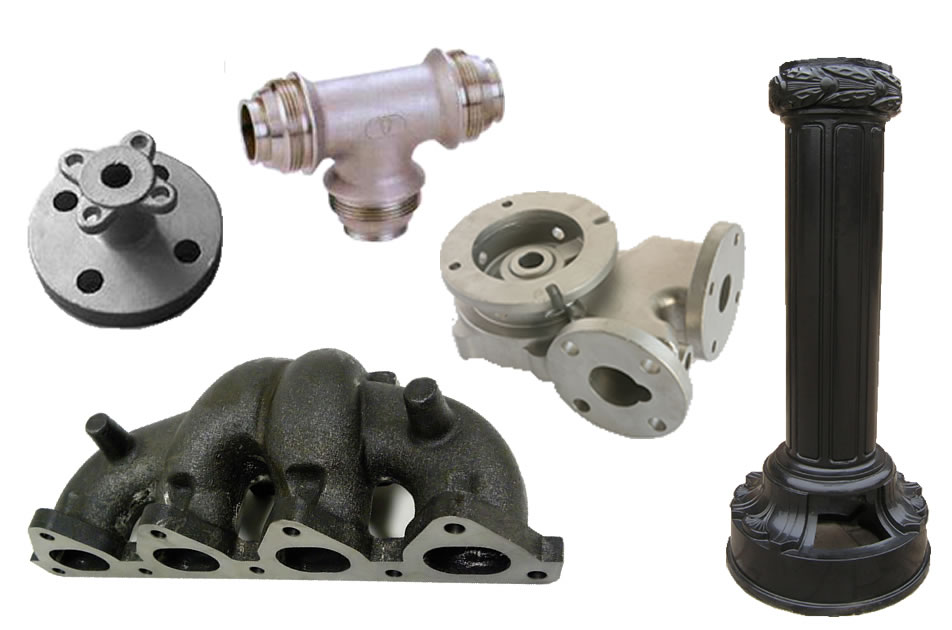 Grey Iron Castings
Grey Iron Castings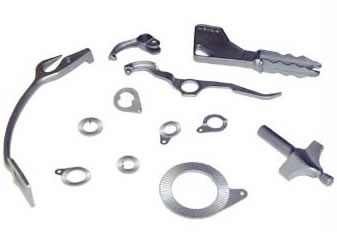 Investment Castings
Investment Castings Castings & Forgings
Castings & Forgings Bulk Material Handling
Bulk Material Handling Electrical & Electronic Components
Electrical & Electronic Components Flow Instrumentation
Flow Instrumentation Hardware
Hardware Material Handling Equipment
Material Handling Equipment Metal Cutting Services
Metal Cutting Services Metal Forming Services
Metal Forming Services Metal Suppliers
Metal Suppliers Motion Control Products
Motion Control Products Plant & Facility Equipment
Plant & Facility Equipment Plant & Facility Supplies
Plant & Facility Supplies Plastic Molding Processes
Plastic Molding Processes Pumps & Valves
Pumps & Valves Recycling Equipment
Recycling Equipment Rubber Products & Services
Rubber Products & Services